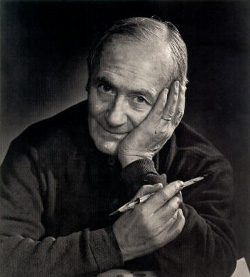Marcel Duchamp
View Duchamp's Gallery
Marcel Duchamp Book Results
Marcel Duchamp Book Results
As an Amazon Associate, I earn from qualifying purchases.
Marcel Duchamp Book Results
Birth
Henri-Robert-Marcel Duchamp was born July 28, 1887, near Blainville, France. He came from an artistic background with his grandfather being a professional engraver. Also, four of the six Duchamp children became artists, gaston, later known as Jacques Villon, Raymond, who called himself Duchamp-Villon, Suzanne his sister and Marcel.Marcel Duchamp Book Results
As an Amazon Associate, I earn from qualifying purchases.
Nude

Readymades

Surrealism
Marcel Duchamp did not revolve in art circles but maintained contact with the Surrealist group as many of them were former Dadaists. He produced a publication called the Green box which was a series of articles on his painting The Large Glass in 1934 and which Breton then acclaimed in Minotaure in 1935. After this time the association between Duchamp and the Surrealists was stronger and he was involved in many of their exhibitions from 1938 to 1959.Death
Marcel Duchamp died on October 2nd 1968 in Neuilly-sur-Seine, France.Marcel Duchamp Book Results



